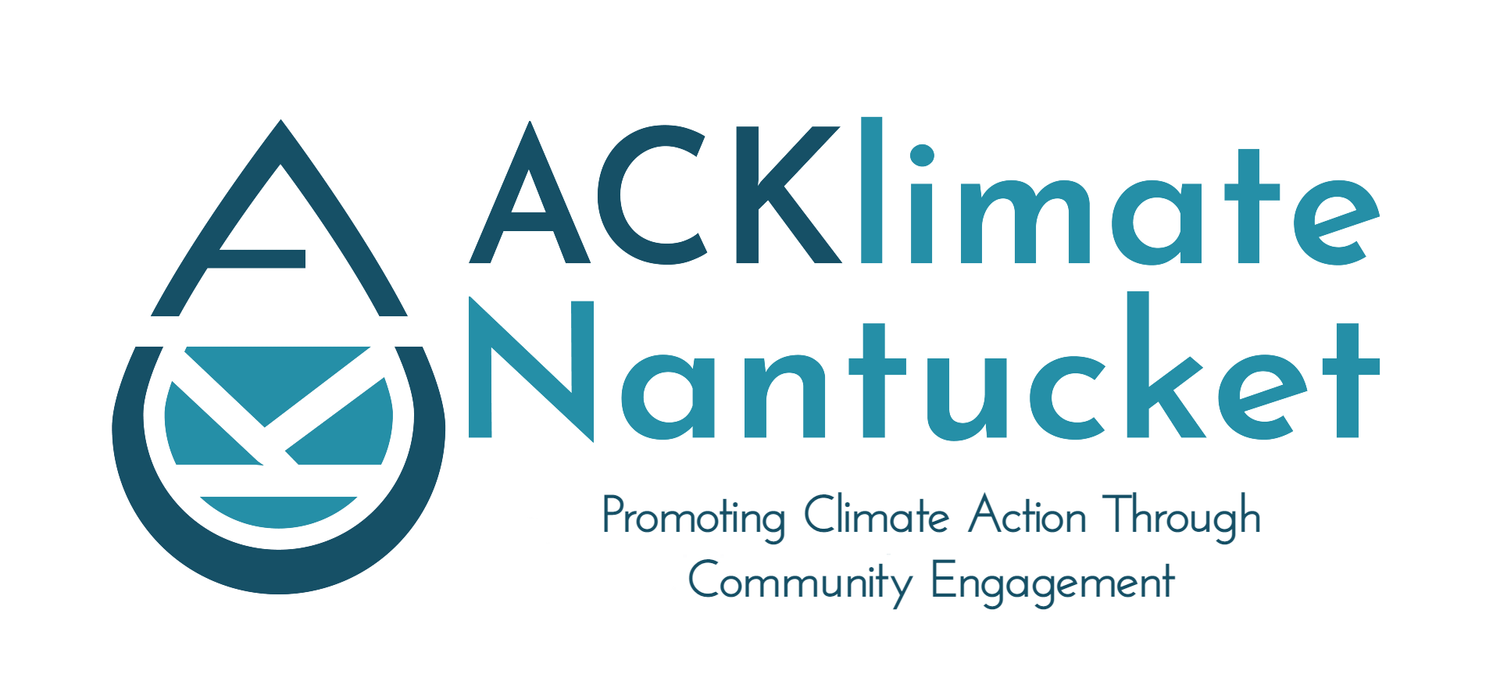
Climate Change Awareness Toolkit
“Protect the natural systems as if your life depends on it because it does! Our lives do depend on making peace with nature.”
- Sylvia Earle
-
Inequality
The relationship between climate change and inequality is characterized by a vicious cycle, whereby initial inequality causes the disadvantaged groups to suffer disproportionately from the adverse effects of climate change, resulting in greater subsequent inequality.
-
Marine Heatwaves
Marine heatwaves have doubled in frequency, and have become longer-lasting, more intense and extensive. The IPCC says that human influence has been the main driver of the ocean heat increase observed since the 1970s.
The majority of heatwaves took place between 2006 and 2015, causing widespread coral bleaching and reef degradation. In 2021, nearly 60 percent of the world’s ocean surface experienced at least one spell of marine heatwaves. The UN Environment Programme says that every one of the world’s coral reefs could bleach by the end of the century if the water continues to warm.
Coral bleaching occurs as reefs lose their life-sustaining microscopic algae when under stress. The last global bleaching event started in 2014 and extended well into 2017 - spreading across the Pacific, Indian and Atlantic oceans.
-
Disease
A comprehensive and systematic literature review reveals that over 58% of human pathogenic diseases are aggravated by climatic hazards that are sensitive to greenhouse gas emissions.
-
Infrastructure, Buildings, & Structures
Regarding implications of climate change for infrastructures in the United States, we found that:
1) Extreme weather events associated with climate change will increase disruptions of infrastructure services in some locations
2) A series of less extreme weather events associated with climate change, occurring in rapid succession, or severe weather events associated with other disruptive events may have similar effects
3) Disruptions of services in one infrastructure will almost always result in disruptions in one or more infrastructures, especially in urban systems, triggering serious cross-sectoral cascading infrastructure system failures in some locations
-
Sea level Rise
Sea-level rise has accelerated in recent decades due to increasing ice loss in the world’s polar regions. Latest data from the World Meteorological Organization shows that global mean sea-level reached a new record high in 2021, rising an average of 4.5 millimeter per year over the period 2013 to 2021.
-
Food
Climate change poses a growing threat to the achievement of optimal nutritional status, both directly through affecting food production and indirectly through altering social and economic influences in people's lives. These adverse nutrition outcomes are not evenly distributed across the world, and vulnerable populations are the most impacted.
-
Ocean Acidification
Rising atmospheric carbon dioxide (CO2), primarily from human fossil fuel combustion, reduces ocean pH and causes wholesale shifts in seawater carbonate chemistry…Acidification alters seawater chemical speciation and biogeochemical cycles of many elements and compounds. One well-known effect is the lowering of calcium carbonate saturation states, which impacts shell-forming marine organisms from plankton to benthic molluscs, echinoderms, and corals.
